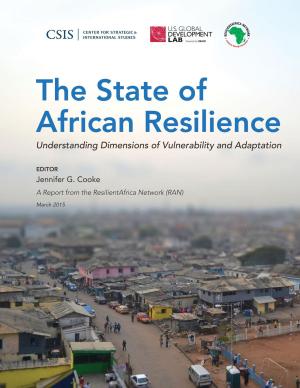Missile Defense 2020
Next Steps for Defending the Homeland
Nonfiction, Social & Cultural Studies, Political Science, International, International Security| Author: | Thomas Karako, Ian Williams | ISBN: | 9781442279902 |
| Publisher: | Center for Strategic & International Studies | Publication: | April 18, 2017 |
| Imprint: | Center for Strategic & International Studies | Language: | English |
| Author: | Thomas Karako, Ian Williams |
| ISBN: | 9781442279902 |
| Publisher: | Center for Strategic & International Studies |
| Publication: | April 18, 2017 |
| Imprint: | Center for Strategic & International Studies |
| Language: | English |
In policy pronouncements over the last two administrations, the protection of the American homeland was regularly identified as the first priority of U.S. missile defense efforts. Homeland missile defense today is provided by the Ground-based Midcourse Defense program and other elements of the larger Ballistic Missile Defense System. The limited defenses fielded today have advanced considerably since limited defensive operations began in late 2004, but nevertheless they remain too limited and too modest relative to emerging threats. The Missile Defense Agency’s path to improve the system may require additional effort to stay ahead of even limited missile threats. This report explains how the current system works, as well as current and potential plans to modernize the system, and the authors offer recommendations for future evolution of the system.
In policy pronouncements over the last two administrations, the protection of the American homeland was regularly identified as the first priority of U.S. missile defense efforts. Homeland missile defense today is provided by the Ground-based Midcourse Defense program and other elements of the larger Ballistic Missile Defense System. The limited defenses fielded today have advanced considerably since limited defensive operations began in late 2004, but nevertheless they remain too limited and too modest relative to emerging threats. The Missile Defense Agency’s path to improve the system may require additional effort to stay ahead of even limited missile threats. This report explains how the current system works, as well as current and potential plans to modernize the system, and the authors offer recommendations for future evolution of the system.















